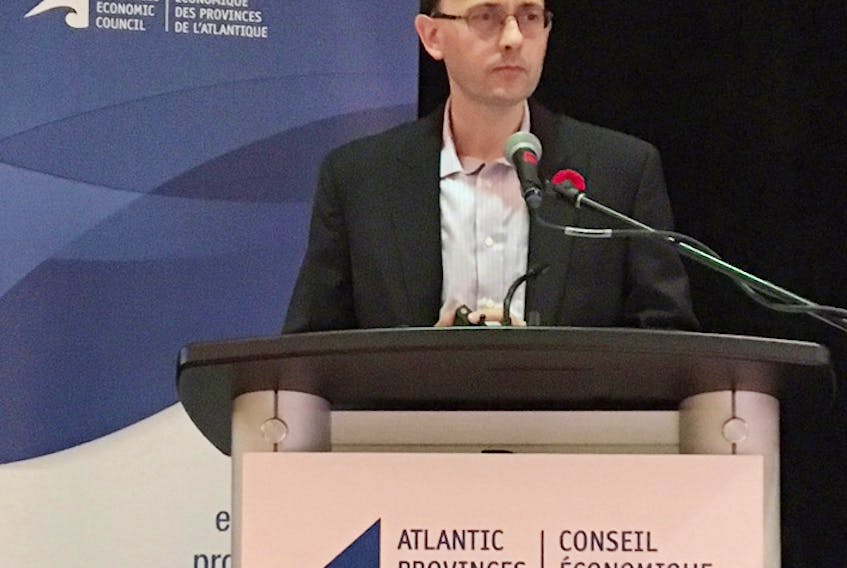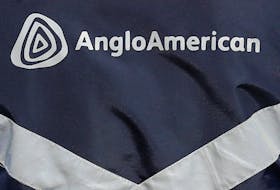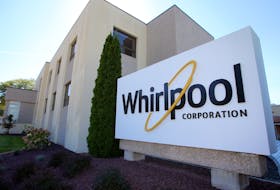The roadmap through Newfoundland and Labrador’s economy has had a few detours in recent years.
Whether it is a big picture outlook or something as simple as working through a simple household purchase like getting a family pet, each decision has to be researched and carefully examined.
David Chaundy, director of research for the Atlantic Provinces Economic Council (APEC), used what goes into securing a family pet as an example of this research.
He and his family recently got a dog — Riley — and he outlined the costs of obtaining the dog and a host of other expenditures that come with it.
“There are a lot of capital costs associated with the purchase of a dog,” he said.
“There is a breeder’s fee, the one-off setup costs, cost of a new couch, new floor, new stairs and a larger vehicle. Before you purchase a dog, you are advised to consult a financial adviser with experience in pet finance,” he added.
That roadmap or big picture view is similar to how he predicts the upcoming year for this province. His forecast for 2017 sees the overall economy falling by 2.2 per cent.
But things are looking up in 2018 as the APEC has forecast the GDP to improve by more than 1.5 per cent.
“For 2018, the GDP will compact to .5 per cent,” Chaundy said during his address to the APEC Business Outlook Conference Tuesday at the Delta in St. John’s.
“It is not as bad as we projected. Hebron has expanded to ramp up oil production and this will add to the GDP,” he added.
Chaundy said there is not the same rate of decline in the province due to a lot of capital investments such as the Muskrat Falls and Hebron projects. With the construction portion of the projects coming to an end, he said overall employment in the province would be lower next year.
He said the province’s economy is expected to decline by 2.2 per cent this year due to a contraction in investment and the continued impact of low oil prices.
Real GDP is projected to contract by 0.5 per cent in 2018 as oil production from the new Hebron field helps offset further declines in major project investment and consumer activity.
In addition, he said a small increase in household spending and the decline in major project spending will contribute to slower economic growth across the entire Atlantic region next year.
“APEC expects Prince Edward Island’s economy to remain the region’s growth leader next year, as population increases support consumer spending and new home construction,” he said.
“Nova Scotia and New Brunswick will continue to expand, but slower than the national pace, while Newfoundland and Labrador’s real GDP is forecast to contract despite the benefit of oil production from the new Hebron field.”
Limited job growth and modest wage gains will keep growth in consumer spending in Atlantic Canada below national rates.
Rising interest rates will also make households more cautious about debt-financed larger purchases.
APEC predicts major project spending will fall across the region next year. Newfoundland and Labrador will see the steepest drop, at 19 per cent.
While remaining at high levels, declines ranging between one per cent and eight per cent are expected in the Maritimes.
Provincial fiscal restraint will continue to act as a mild drag on economic growth, with the biggest impact in Newfoundland and Labrador.
All four provinces are relying on expenditure restraint to attain or maintain fiscal balance, after increasing taxes in recent years.
APEC’s outlook summary by province
The following is the Atlantic Provinces Economic Council’s projections for Atlantic Canada:
Newfoundland and Labrador
The province’s economy is expected to decline by 2.2 per cent this year due to a contraction in investment and the continued impact of low oil prices.
Real GDP is projected to contract by 0.5 per cent in 2018 as oil production from the new Hebron field helps offset further declines in major project investment and consumer activity.
Prince Edward Island
APEC forecasts economic growth will be 2.4 per cent this year, on par with 2016. Immigration is boosting the population, household spending and residential investment.
Continued population growth should support real GDP growth of 1.9 per cent in 2018, although household spending, tourism and exports are expected to slow.
Nova Scotia
APEC forecasts 1.5 per cent economic growth this year in Nova Scotia, helped by job growth, and higher household spending and home construction.
In 2018, real GDP growth will slow to 1.2 per cent as household spending moderates and major project spending slows down.
New Brunswick
APEC forecasts the province’s economy will grow by 1.4 per cent in 2017, boosted by a strong increase in investment and higher exports.
In 2018, real GDP growth will moderate to 1 per cent as major project investment slows. Job growth will remain muted and rising WorkSafe NB premiums will increase labour costs.









